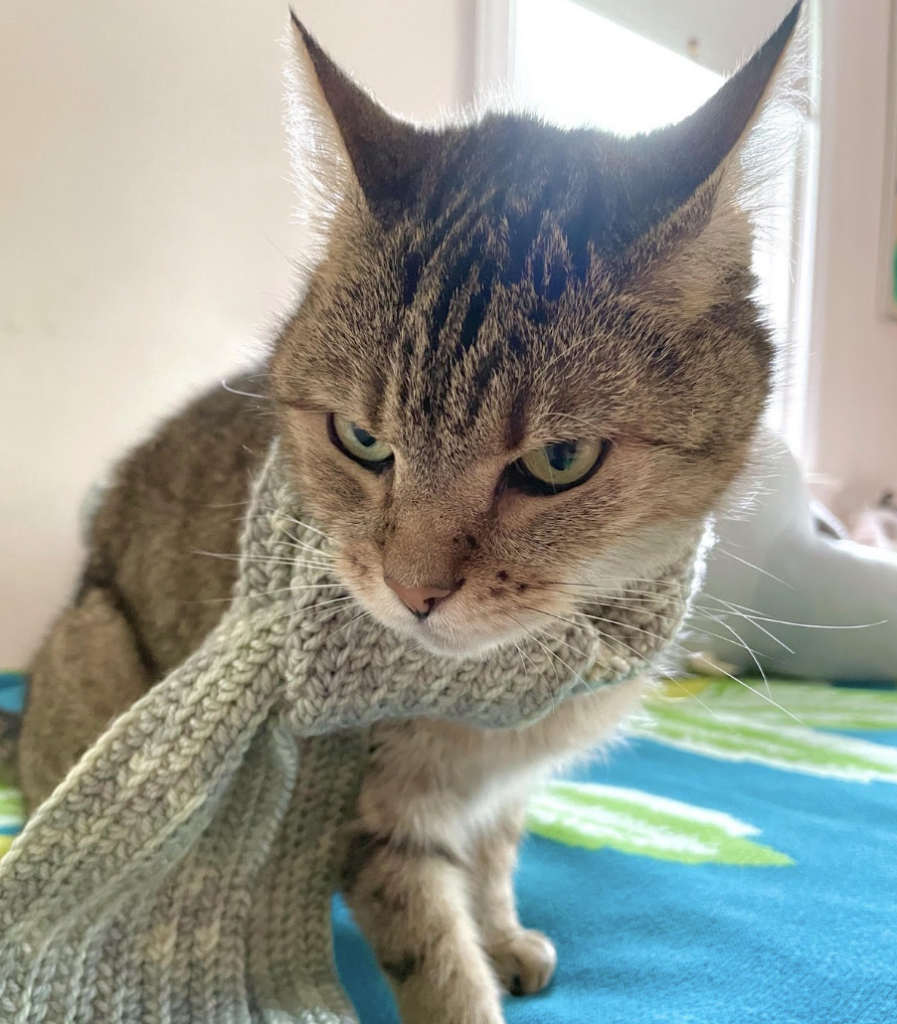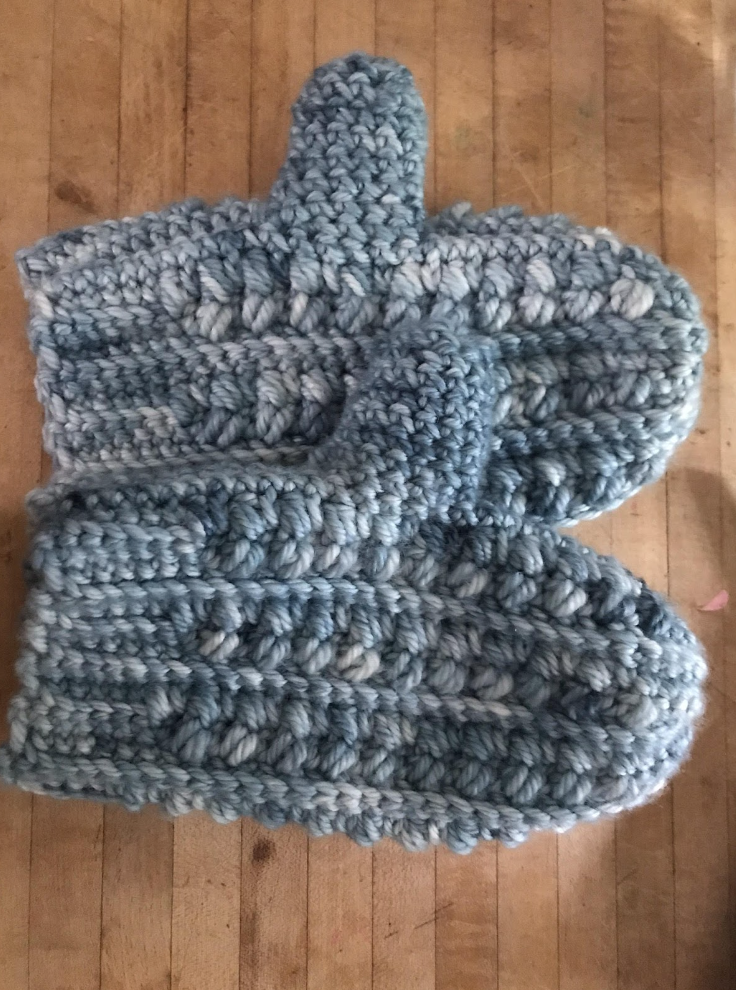
Why is it Important to Buy Handmade Goods?
I’ve always enjoyed the rush of getting new clothes: modeling in the dressing rooms on the shop floor and browsing between aisles and aisles of pretty clothing. Online fast fashion brands make the rush so much easier by making the process quick, convenient, and cheap. But, fast fashion comes with a price: cheap prices mean materials which make for clothing that breaks down even quicker than that fast shipping time, meaning you end up buying those cheap clothes again and again. While my wallet would be taking a huge hit, the planet would be paying an even higher price just because I wanted to feel a quick rush of adrenaline.
Our society’s focus on that immediate gratification comes at a high price. The fashion industry uses 93 billion liters of water each year, which is about 120,000 liters for every person on the planet. Using this much water has a lot of serious implications for a world in which water is becoming a scarce resource. Ngan Lee, a student at Princeton University, created the study The Impact of Fast Fashion on the Environment, In their article, Lee states that fashion companies consume more energy than both the aviation and shipping sectors combinedz; conversely, while some knitters might “burn the midnight oil,” they aren’t using any fossil fuels.
Fast fashion is unsustainable, but that doesn’t mean all fashion has to be a burden on the environment. Hand-made fiber crafts like crochet and knit don’t use energy-hungry machines. The fiber artists spend humongous amounts of time and attention to perfecting their crafts; they don’t rely on inexpensive labor and shoddy materials to produce poor-quality garments. Fiber artists use sustainable, top-quality materials like merino wool, cashmere, and various other types of fibers to produce strong items that will last a lifetime.
I loved being able to order clothes online and feel like I’m opening a present every time I get a new package. However, just because something feels good at the time doesn’t mean it will leave a lasting effect that feels good. Fast fashion is a big producer of pollution and a perpetrator of climate change. Handmade items won’t give you the rush as quickly as a fast fashion item would; however, you’ll be enjoying a beautiful product for a longer time. Creating a fashion industry that prioritizes clothes that are durable and recyclable over materials that are cheap and disposable means I have to wait a bit longer for my clothes but, it means I’ll enjoy them for longer.

In her review of FASHIONOPOLIS: The Price of Fast Fashion and the Future of Clothes by Dana Thomas, Tatiana Schlossberg writies, “In Thomas’s telling, these garments are both environmentally sustainable and humane, though with a revenue of just over $3 million last year, the 30-person company is no replacement for mass production when it comes to dressing seven billion people.” Fast fashion still takes the drivers seat in terms of efficiency and profit; however, small and sustainable fashion companies still strive when they have the right market. Before buying from a fast fashion company, think about how the impact of that purchase will effect the environment. Instead of buying from a large corporation, look to purchase from homemade fiber artists who take into account their impact on the environment.
